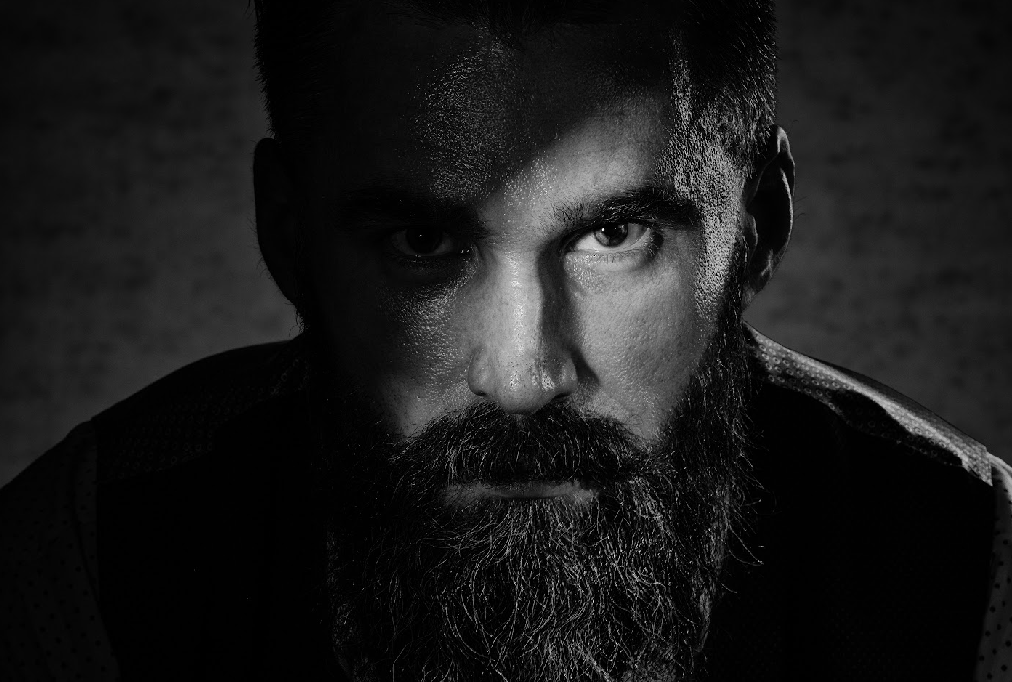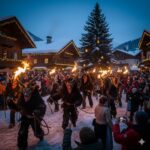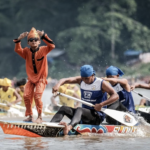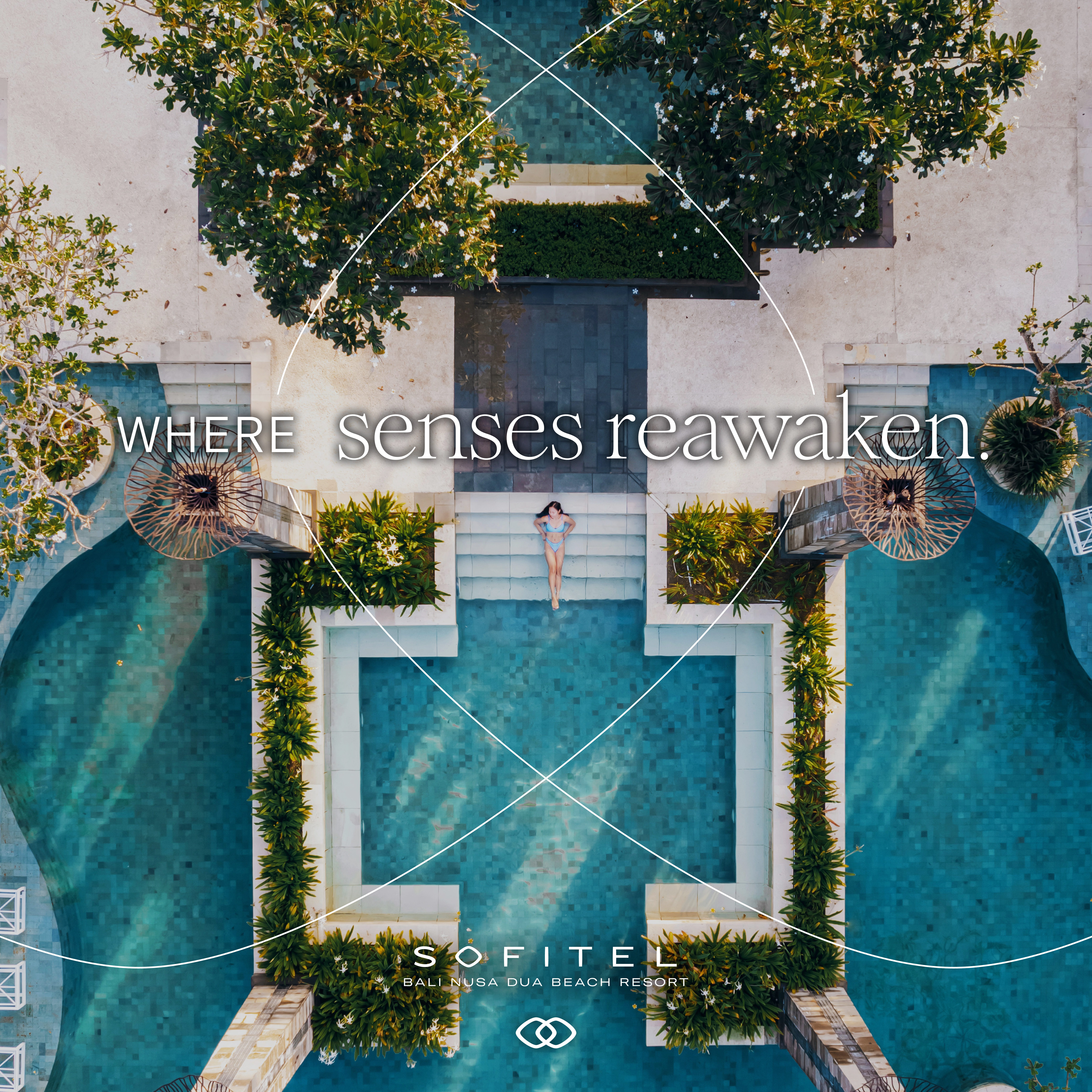” Photography revolves around perception. It’s about find something in what could be seen as nothing”. Start his photographic journey as a boy with a disposable camera and a dream to become a pilot, Matt Jacob outlook on life changed when he was diagnosed with cancer at a young age. During this time in his life that he understood what it meant to be truly alive. As an ‘environmental portraiture‘ photographer, his attention to detail behind the lens authentically encapsulates the story of everyday people within intriguing photographs.
Gaby Nareswari from highend-traveller.com talked to Matt Jacob to gain new insight on how truly understanding the essence of different perspectives and different forms of human nature through photography.
What country or culture have you most enjoyed connecting with through photography?
Oooh, that’s a good question. I honestly love experiencing all cultures and places – there are stories and experiences literally around every corner that can be captured beautifully and interestingly with whatever creative perspective one wants as an artist. However, the Mentawai tribe were such a different experience for me and provided a variety to my photography output that changed my idea of what I want my photography to be. In addition, learning of their fascinating way of life and the philosophies they instil through a conceived simple life.
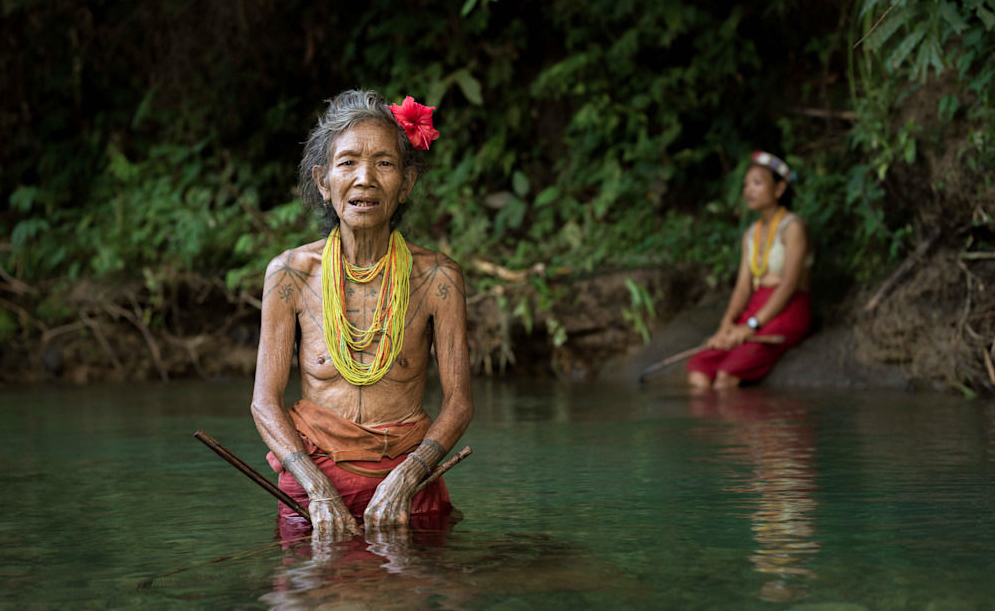
Since when you realized that you are passionate about photography?
After my first photography workshop in 2018. I had an ‘interest’, but this interest turned to passion when I learnt more, a few things clicked and I realized the possibilities of what I could do with camera and lens in hand.
How you describe photography as a photographer?
Photography is an expression of perception, using technology as the tool to express it. As humans we perceive everything we experience and sense in entirely unique and different ways from each other. The camera is just an extension of one’s own lens, the eye, and is thus a vessel to translate the ‘view’ of the photographer. Where photography becomes powerful is when that view gives the audience an intrigue and curiosity to either a) understand what the photographer is trying to depict or b) evoke emotion within the viewer of their own understanding, applied to their own experiences, perceptions or thoughts and ideas. Furthermore, this can be elevated to pure joy and inspiration if done well.
I’ve been looking your photography artworks through your instagram. It’s indeed a beautiful picture, and it’s seems you have a specific fondness about Human Interest genre photography, tell me why?
The challenge of exuding intrigue and curiosity through one still image always fascinated me. I believe a viewer of a single image (let’s not talk about series or multiple images) should stop and think about the photo when they see it – for me, it must provide complexity and depth and an open perception of what the story or moment is or might be about. The difference-maker between an image with one or two ‘layers’ (metaphorically) and an image that has infinite possibilities and stories behind it for me is the human aspect. Humans are like onions – peel back one layer and you’ll find another, and another, and so on. It’s my goal to expose some of these layers through my images.
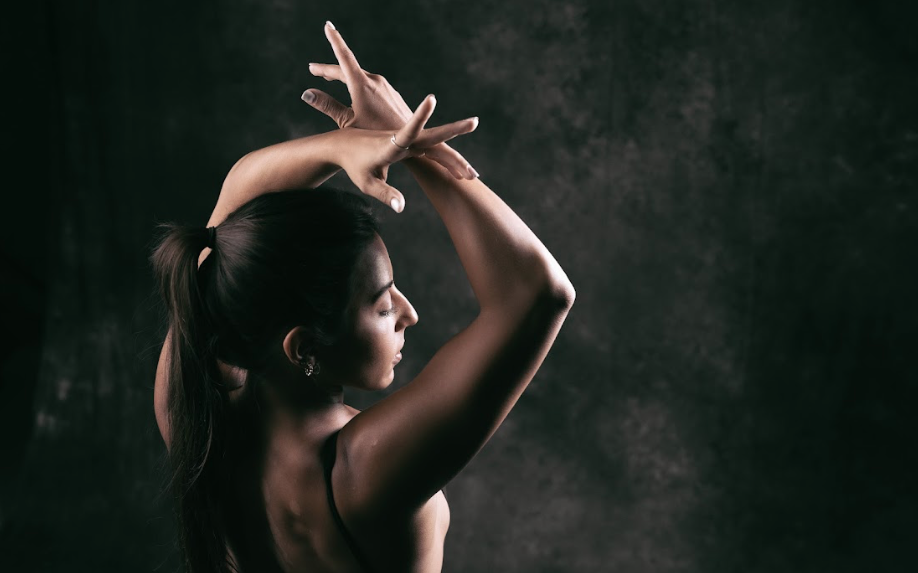
How you approach strangers when you want to photograph them, and how the ethic when you take a photo?
Most of my personal projects are pre-mediated and the vision of the project will be thought out carefully ahead of time. When I am on location I will get to know the people in the environment and carefully assess which people might be best and most willing to have their photos taken. Only then will I approavhe them (often with a local guide to help) and ask if they would be willing to have their photo taken. I will only pick up the camera to start photographing them if they are 100% happy with what I am doing. Sometimes this also includes a disclaimer but I like to not have legalities or formalities involved if I can help it.
As a photographer how do you value between the photography gear, the skills, or the photography itself?
The gear is always bottom of the list. You can make incredible images with some of the most basic and cheap gear. But where gear is important is durability, reliability and usability. You don’t want to be worrying about anything to do with your equipment when you’re focused on the more important things, such as the vision of what you are trying to capture. For me, being able to connect with my subject is the most important factor. This is a skill that you either have in you or has to be learned over time (me) and can be the most difficult part. This makes the difference between a good image and an excellent, moving one. Second to this are the skills – fundamental skills have to be automatic, but the skill of creating a frame and playing with light is something that is learned over time and I’m still always learning and evolving.
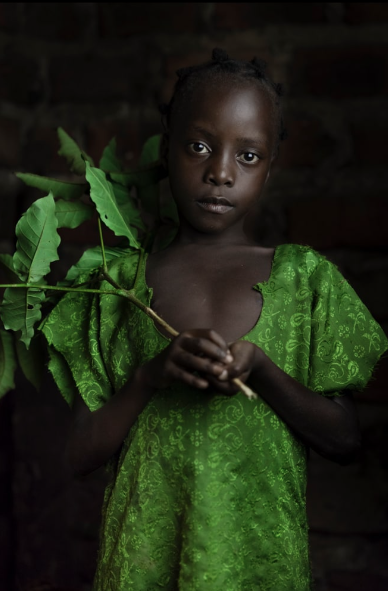
How you deliver humanity, a stories behind, to become an object / artworks that speaks?
Find the story first – find something of interest and uniqueness and do your research. When it comes to the photography itself, lighting can be as powerful as the subject itself. You can create a lighting aesthetic that will speak to the mood and story that you want to portray. In addition, true connection and meaning with the subject – if you can get the perfect harmony between these then the humanity and story will speak for itself.
What is the most debate or unforgettable photos artworks from you ?
My Uganda series early on in my career had mixed reviews, but had a few photos that I’m still very proud of today. Generally speaking some of my images were powerful and a few were very popular, e.g. ‘Girl in Green’, but some people – unfortunately rather ignorant ones – thought I took advantage of the poor and unfortunate population of where I visited in order to get images that I wanted. Nothing could have been further from the truth. Yes, I photographed Ugandan people who were below the poverty line and had nothing in life other than a piece of clothing on their backs, but I spent time with them, gave them smiles, money and friendship. I also gave them their photos which I know will be with them for a long time. Each place I visit I will always try and print out the photos that I took of them so they at least have a physical copy they can keep if they wish.

